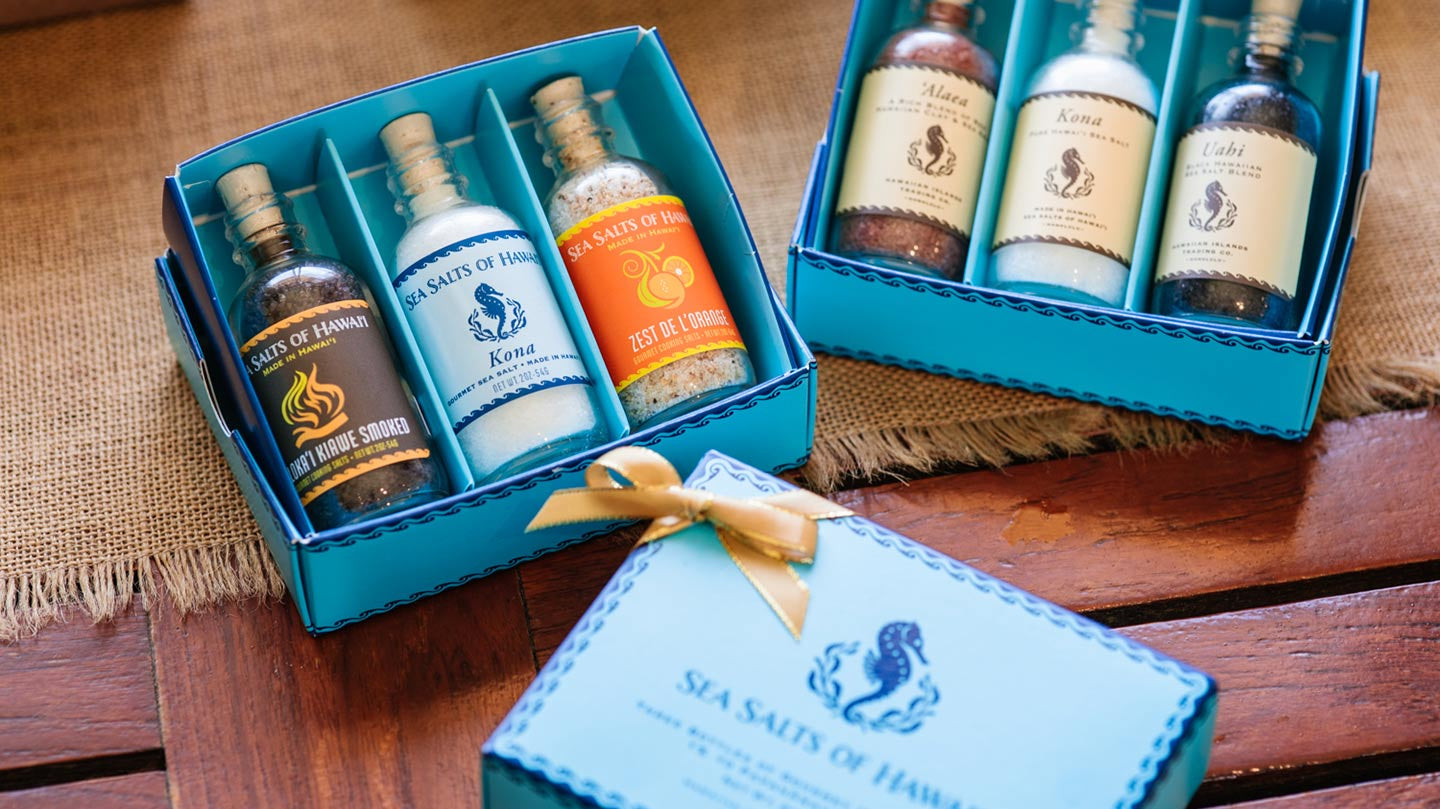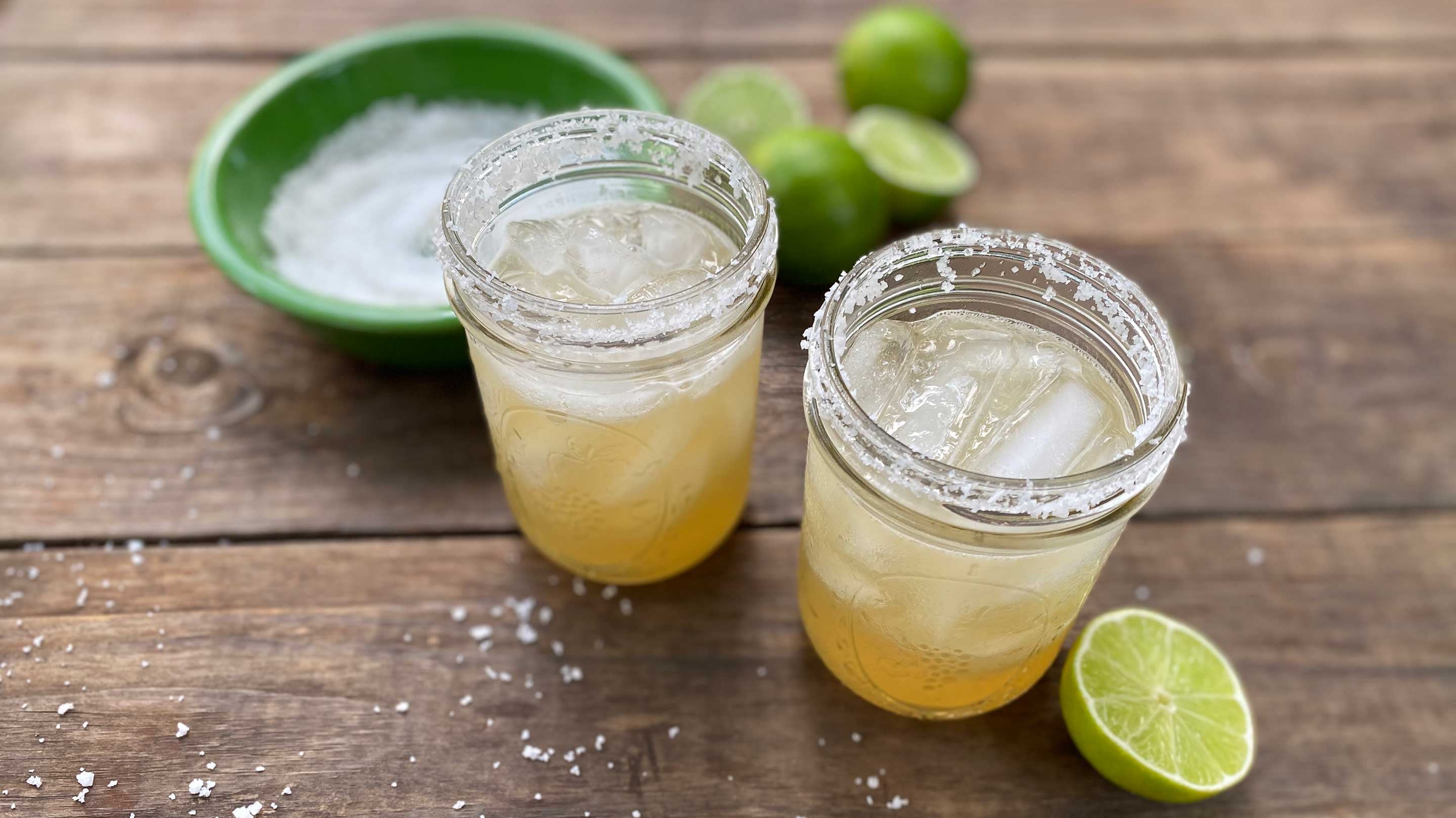Sea Salt and Microplastics
We wanted to address the concern of the presence of microplastics in seawaters and consequentially in sea salts harvested from them. Here at the Kona Salt Farm, we are very fortunate. The layer of deep ocean water we draw from for our sea salt has traveled in deep sea currents for centuries and is considered practically free and safe from microplastics, but we wanted to speak on the issue since there is growing concern on it.
What are microplastics. There are two categories of microplastics, the first is what we generally call microplastics which are plastic particles that are less than 5 mm in size and were formed by larger pieces of plastic breaking down in the ocean by wave action. They can be found in different sizes and shapes such as flakes, pellets and films. The other are plastics that are purposely made in small sizes less than 1mm such as Microfibers, commonly found in synthetic textiles and clothing and Microbeads, commonly found in personal care products such as toothpaste, scrubs and exfoliating products.

What are the sources: Sources vary with the location. Rivers are a significant contributor, particularly in countries with poor waste management systems. In addition, fishing gear, plastic bags, disposable consumer goods, single use plastic packaging and natural disasters are all large contributors. The other are microfibers and microbeads, which are both easily released in the laundering process as they both pass through sewage treatment plants and can be released into the waterways. The fishing industry also generates a large amount of plastic debris. Fishing nets and lines and traps are often discarded or lost in the ocean, they last for years causing great harm to reefs and marine life through entanglement.

Where are they mostly present: Microplastics have become a global problem. Concentrations are much higher in densely populated coastal areas and around rivers entering the ocean but have been found all around the globe, transported by winds and ocean currents even in remote areas. Ocean plastics also accumulate in different ocean areas due to gyres in the North Atlantic and North Pacific. Ocean plastics are generally at the ocean surface but if biofilms form on them, they can also sink to the bottom of the ocean.
What are Biofilms: Biofilms can form when microorganisms come into contact with plastic particles and attach and grow in a dense layer. It can happen depending on the type of plastic, the water temperature, the presence of microorganisms and water chemistry, presence of nutrients and organic matter as is the case by river mouths or in coastal waters. Biofilms can be beneficial, some will actually break down the plastics . Others can be harmful to marine animals and birds who mistake them for food or ingest them through the food chain.
What about sea salt: As we said, the deep ocean water we tap into at our Kona Salt Farm is from 2,200 feet below the surface and considered practically free of microplastics. Different layers of ocean water have different densities and temperature and do not mix. Microplastics are primarily on the ocean surface. Our water has traveled thousands of feet below the surface for 900 years well before human interference and industry. We also use a 1-micron filter as we draw this water into our evaporation tunnels, not really out of plastic concern but in case solids or small organisms make their way up the deep seawater pipeline. Even though we did already know the result, we have our salt tested for plastic presence. In our Sea Salts of Hawaii brand, we offer salt from our salt harvesting colleagues from Molokai, this water is also filtered. If you use other sea salts, do ask or check their website if the water has been filtered and if so, what size of filter.
What can I do
Obviously individual action will not solve the problem, the solution needs to be a collective worldwide effort, large scale improvement waste management, and less single use plastics. But we can all do a small part, reducing single use plastics when possible, reusing & recycling, disposing of our waste properly to prevent it from ending up in the ocean and avoiding microbeads and microfibers that will make their way into the waterways. Simple things like installing a lint trap in our washing machine’s drain hose or using a washing bag along with your laundry that is designed to capture fibers in the washing cycle and avoiding microbeads in personal care products.
At Sea Salts of Hawaii, we do use some plastic packaging in our liquid bath products and pouches but we try to minimize plastic use as much as possible. The majority of our salt containers are made from glass, tins and cardboard and are reusable and recyclable. Currently the evaporation tunnels on our salt farm are made of plastic, and we are in the process of transitioning from them.
Our water source from 2,200 feet below the surface was tested for microplastics it found an extremely low occurance of 0.0003mg per m3
Full study: https://nelha.hawaii.gov/wp-content/uploads/2019/05/Benedict_Final-Symposium.pdf
1% of all our proceeds are given to PMDP Hawaii, an organization that conducts large scale marine debris clean up missions in the Northwestern Hawaiian Islands and educates and inspires people to make use of ocean plastics that are collected. On our salt farm, we have dedicated our old tool room into an educational space for PMDP and share what they do with our guests. We invite you to stop by and visit the next time you are in Kona!




